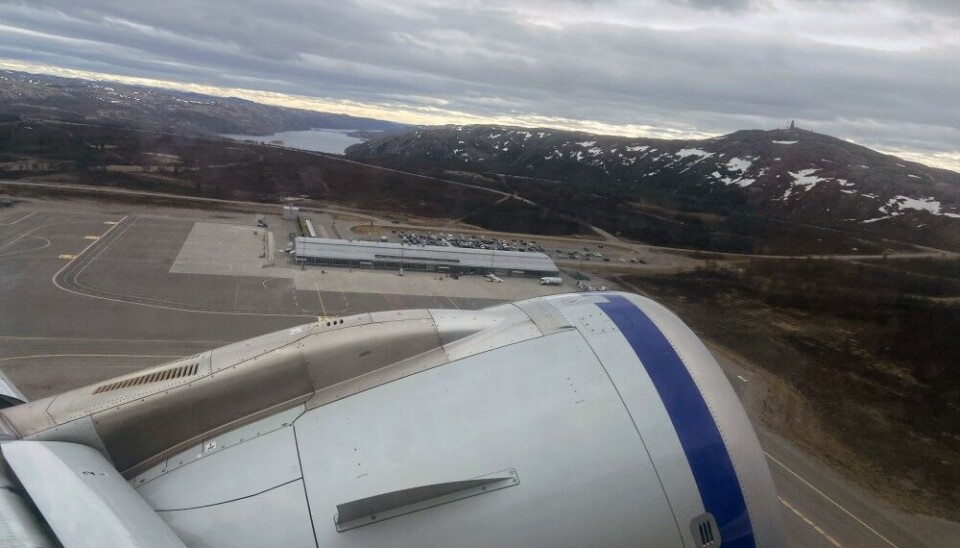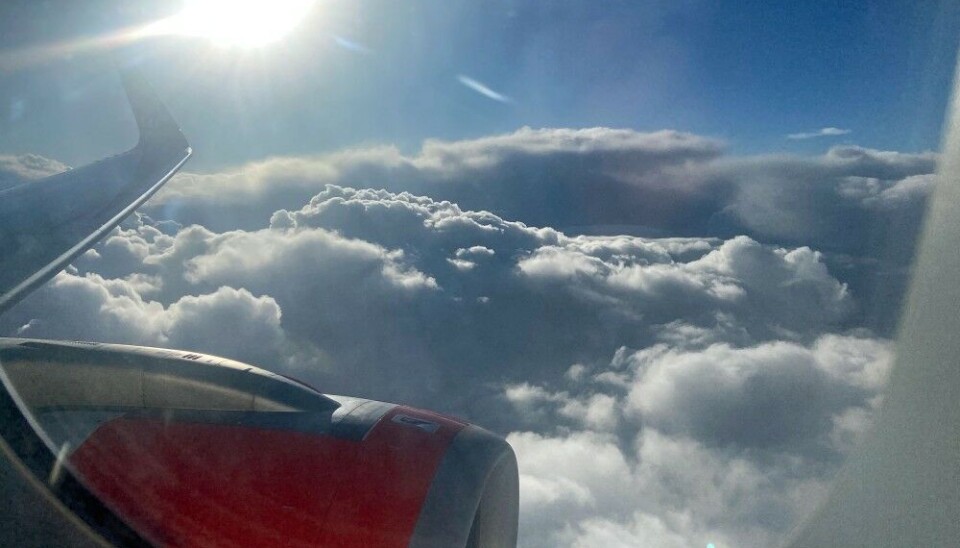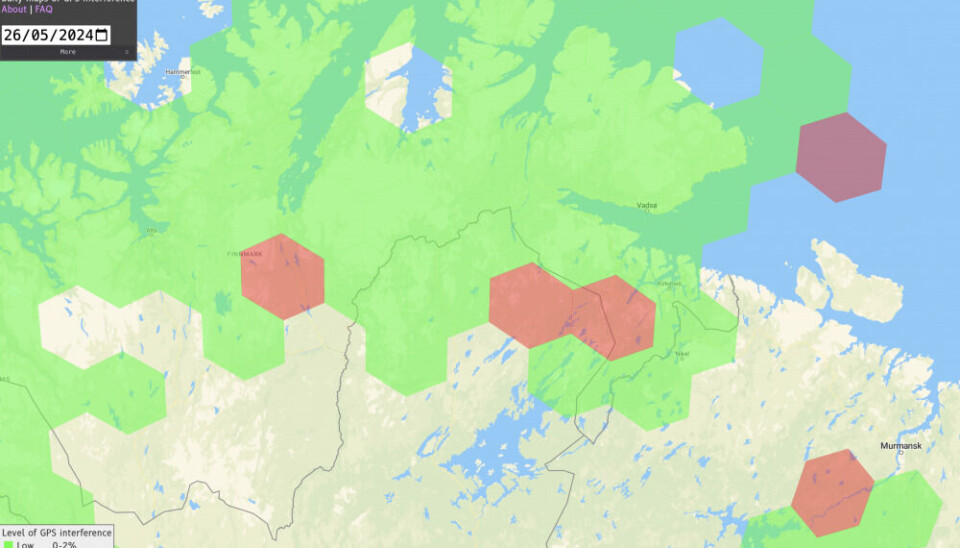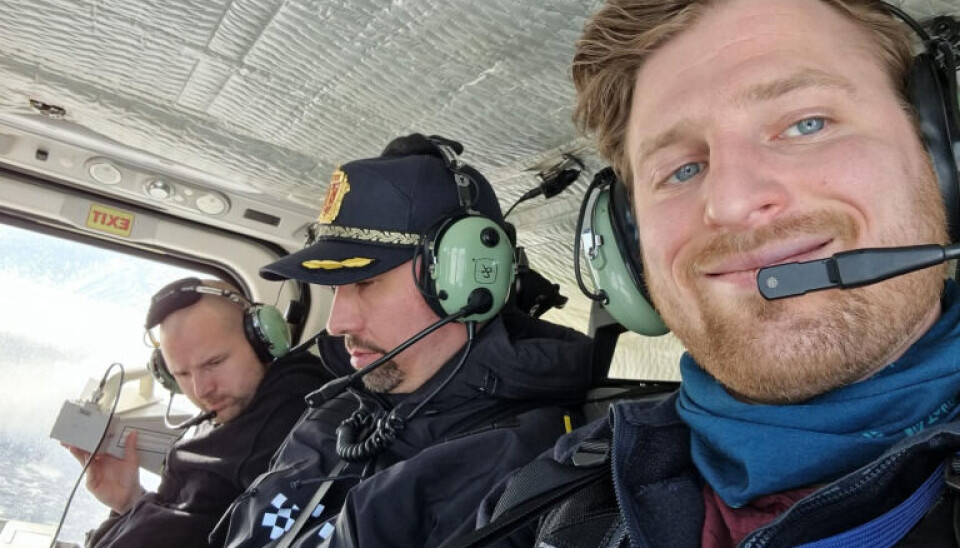
Intensified GPS jamming is side effect of Russia’s self-protection of Kola bases
The jamming now seen practically every day in airspace over eastern Finnmark is likely a spillover effect of Russian electromagnetic defence measures for their own military installations, says Nicolai Gerrard with the Norwegian Communications Authority.
“I’m not afraid of flying. This is Norway,” says Russia’s Consul General Nikolai Konygin when up in the air asked by the Barents Observer about possible concerns over the on-going cross-border GPS jamming.
We shared the same seat-row on the evening flight from Oslo to Kirkenes, the border town where Moscow has a diplomatic mission.
Pilots flying to Norway’s northeastern corner are practically every day reporting about interference to GNSS (Global Navigation Satellite Systems).
Good to know then, as we are approaching the runway through thick and very low clouds, that Kirkenes airport is safe for landing due to inertial navigation in cockpit and ground-based navigation alternatives.
Not all smaller airports in Finnmark region offer similar good alternative systems.

A survey of the reported jamming published on the portal gpsjam.org shows most interference closest to the border. And especially in the airspace west of Kirkenes airport as this is where passenger aircraft and air ambulances are approaching when en route from Oslo or Tromsø.
Nikolai Gerrard with the Nkom says there is a before and after autumn 2022.

Unlike the Baltic region, Norway’s Finnmark region has experienced GPS jamming all back since 2017. Like under NATO’s Trident Juncture exercise, the Russian jamming was then seen as military signalling towards Norway.
“What we have seen after autumn 2022 is likely the same as several locations in Russia and now also in the Baltic Sea region, a spillover effect of Russian electromagnetic self-defence for own military installations,” Gerrard says to the Barents Observer.
He assumes the continuous jamming started after Ukraine started to launch drone attacks against targets inside Russia.
“This jamming is presumably done with high power and radiating antennas and without regard for whether the jamming signals spread into, and disturbs, neighbouring countries or not.”
Earlier in May, Finnair had to cancel flights to the Estonian city of Tartu after planes experienced interference. The daily flights are now resumed.
Russia has in recent months trained anti-drone defence for the Severomorsk navy headquaters north of Murmansk. In the Barents Sea, similar anti-drone exercises are held. Western, and Ukrainian, drones use GPS for navigation to find intended targets.

Olenya airbase south of Murmansk is very important for Russia’s long-range bombers flying south and launching cruise missiles at targets inside Ukraine. Protection of this airfield, along with other air force and navy bases on the Kola Peninsula, is likely the main reason for the current extensive use of electronic warfare, including jamming of GPS signals.














